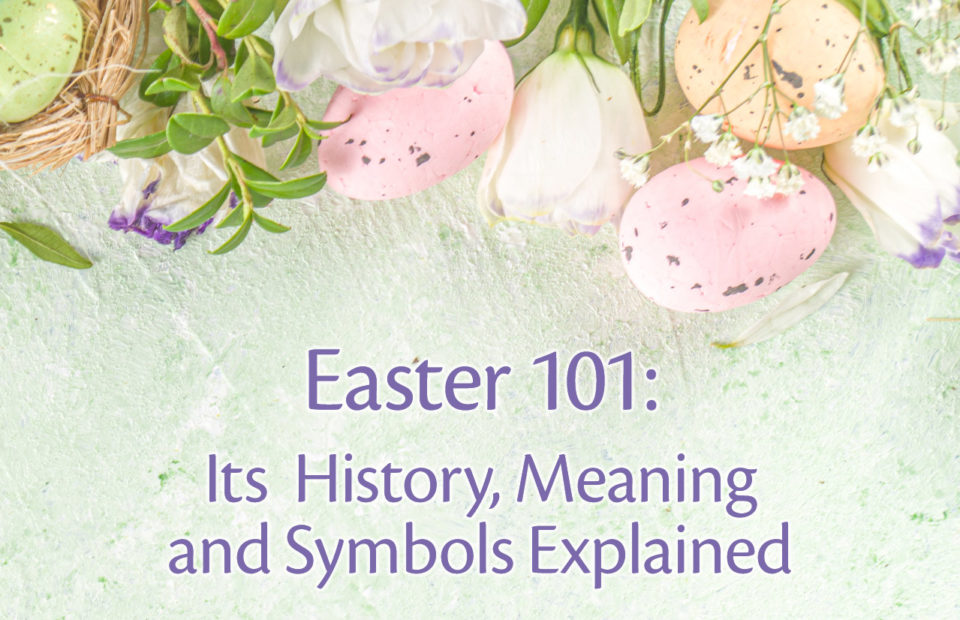The day on which Easter is observed has intrigued scholars, theologians, and adherents of the Christian faith for centuries. Unlike most prominent Christian holidays, the date of Easter does not have a fixed position on the calendar. Instead, it is determined through a complex interplay of astronomical phenomena, ecclesiastical traditions, and historical considerations. This article endeavors to elucidate the historical and contemporary methods for determining the date of Easter, while also unpacking the rich tapestry of tradition that has accompanied its observance throughout Christian history.
Easter Sunday is designated as the first Sunday following the first full moon on or after the vernal equinox. The vernal equinox, which occurs around March 20 or 21, signifies the moment in spring when day and night are of approximately equal length. The Church adopted this method during the First Council of Nicaea in 325 AD, primarily to establish a uniform celebration of the Resurrection across the Christian world. The Council proposed that the Church would rely on the Julian calendar for this purpose, which ultimately led to varying dates for Easter in Western and Eastern Christianity, as the Eastern Orthodox Church follows the Gregorian calendar and the Julian calendar remains distinct.
An astute observer may note that this method of calculation is intricately linked with the Jewish calendar, which determined the timing of Passover. The narrative of the Resurrection is inextricably connected to the events of Passover, as it is described in the New Testament that Jesus was crucified shortly after the celebration of Passover. As such, many early Christians sought to align their observance of Easter with this significant Jewish festival, further complicating the chronological determination.
The implications of this calendar configuration reach beyond mere calculation; they evoke a profound theological reflection on the nature of time and the cyclical patterns inherent in the created order. Easter, as a celebration of resurrection and rebirth, reflects the symbolic transition from winter to spring, one that inevitably parallels the themes of death and resurrection central to the Christian narrative.
Tradition plays an equally vital role in shaping the customs and practices surrounding Easter. In the years following the Council of Nicaea, various rituals began to surface, each one imbued with local significance yet invariably connected to the core themes of renewal and resurrection. In many Western churches, for instance, the practice of dyeing eggs emerged, a symbol of new life—a stark contrast to the desolation of winter. In the Eastern Orthodox tradition, bright red eggs are often used to symbolize the blood of Christ and the joy of resurrection, embodying theological depth that transcends mere festivity.
The liturgical observance leading up to Easter, known as Lent, further enhances the significance of the Easter celebration. This period of fasting, prayer, and penance lasts for approximately 40 days, reflecting the 40 days that Jesus spent fasting in the wilderness. The practice of Lent serves to cultivate spiritual preparation, instilling within the faithful a sense of anticipation and solemnity that crescendos into the celebration of Easter Sunday. The culmination of this journey is celebrated with fervent enthusiasm, encompassing themes of joy, hope, and divine promise.
Different denominations have developed varying customs, adding layers to the collective meaning of Easter. In Roman Catholicism, the Easter Vigil performed on the evening of Holy Saturday is one of the most significant liturgical gatherings. This service culminates in the joyful proclamation of the Resurrection and the baptism of new members into the faith, reinforcing the concept of rebirth that underlies the entire Easter observance. On the other hand, some Protestant denominations espouse a more simplified approach, focusing primarily on the scriptural readings and communal worship on Easter Sunday.
The expression of Easter in sacred music also undergoes a transformation that offers insight into its theological significance. Across centuries and traditions, hymns and anthems celebrating the Resurrection have encapsulated the essence of the event. From Handel’s resplendent “Messiah” to the more contemporary offerings heard in evangelical congregations, the music of Easter serves to unite the faithful in a common declaration of hope and praise. The diversity in musical expression speaks to the universal nature of the message while also reflecting the particular cultural influences inherent in each community.
An array of cultural traditions encapsulates the multifaceted nature of how Easter is celebrated. In regions around the world, unique customs have taken root, amalgamating Christian symbolism with local folklore. For example, the Easter Bunny, which has largely become a secular emblem of the holiday in many Western societies, originated from pagan springtime celebrations of fertility. Over time, such figures have been assimilated into the fabric of Easter observances, serving as a whimsical reminder of life’s renewal.
As Easter approaches each year, its significance is reverberated anew through both solemn reflection and exuberant celebration. The interplay of theological ramifications, historical context, and richly layered traditions offers a complex portrait of this pivotal Christian observance. Understanding how the date of Easter is calculated provides valuable insight into the principles governing the Christian liturgical calendar while simultaneously inviting individuals to engage with the deeper spiritual meanings that the day embodies.
In summation, the determination of Easter’s date can be traced back to intricate astronomical considerations and historical ecclesiastical decisions that have evolved over centuries. Simultaneously, the rich traditions that accompany its observance demonstrate the multifarious ways in which the themes of resurrection, renewal, and hope resonate throughout the Christian world. As one delves into the complexities of Easter, one discovers not merely a date on a calendar, but a profound opportunity for spiritual reflection and communal celebration that continues to unify and inspire the faithful across generations.



